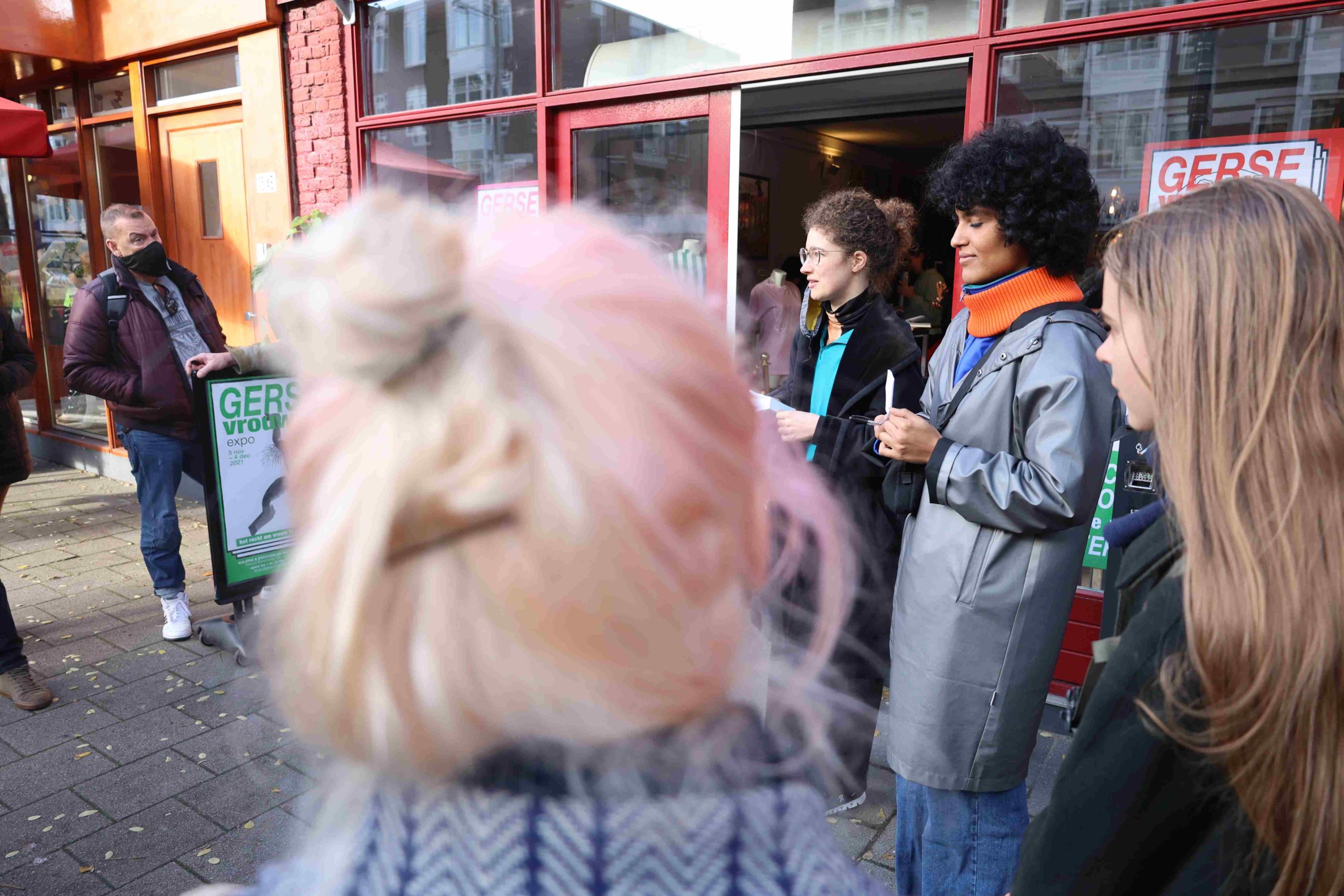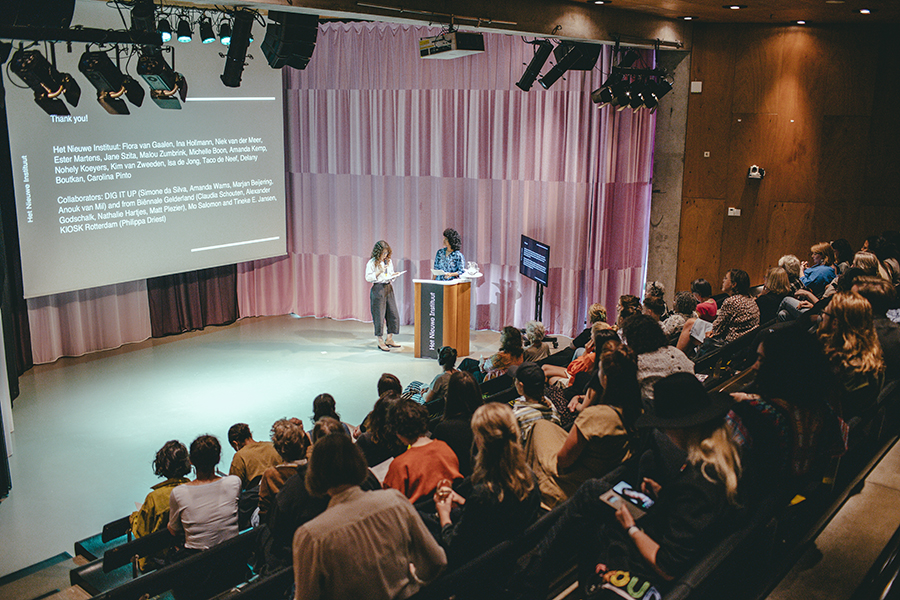Designing The Social @ Nieuwe Instituut – Feminist Design Strategies / Feminist Assembly Month (2021-2023)
https://www.lcclub.co.uk/lmp9gihcyrh Ordering Tramadol Online Cod Ongoing project at Het Nieuwe Instituut, in the scope of Designing the Social / Het Ontwerp van het Sociale (2021 – ). Research lead, programme maker and curator.
https://wasmorg.com/2024/03/07/geg32wfc For the additional programme highlight Feminist Assembly Month (September 2022), see this link.
For more about our collaboration with DIG IT UP (2021/2022), Gerse Vrouwen, see this link and the following page on the pop-up Hoor Haar/Hear Her.
https://www.worldhumorawards.org/uncategorized/zouje53dCan I Order Tramadol Online Legally Selected coverage https://www.worldhumorawards.org/uncategorized/1jdw05tk Vrouwenorganisaties in het stadsarchief: “Belangrijk dat hun aandeel in de geschiedenis van Rotterdam zichtbaar is”, Vers Beton Buy Discount Tramadol Feministisch activisme in de ontwerpwereld, ATRIA
https://fotballsonen.com/2024/03/07/rg257iybmOrder Tramadol Us To Us For a long time, the (his)story of architecture, urban planning and design seemed to be a matter for white men. Other voices, such as those of women ‘herstories’ remained grossly underexposed. During the second feminist wave (1968-89) countless networks and initiatives had formed in the Netherlands that fought this distorted image.
https://ncmm.org/q9e6k4jihttps://ncmm.org/q5nbwtlf3 The Vrouwen Bouwen Wonen (‘Women Building Housing’) network, the Sister Outsider collective, and a publication like Zwart aan Zet (‘Black Moves’) illustrate the diversity of approaches and powerful design strategies intended to reshape society.
https://asperformance.com/uncategorized/ftqfp79vohttps://www.mominleggings.com/v6ydh5joeo Under the heading of solidarity, the women’s movement manifested itself in all kinds of social areas. Yet equality was not guaranteed even within their own circles. Women of colour, or women who did not belong to the majority because of sexual orientation or religious beliefs, had to fight for recognition. The research presented here highlights collectives for whom the struggle against the oppression of women was linked to the resistance against other forms of discrimination. Such an intersectional approach, characteristic of current feminism, was not self-evident for this particular generation.
https://www.jamesramsden.com/2024/03/07/64xtcwvqqThe period 1968-89 clearly showed how the highly personal and the political are intertwined. And how important networking and self-organisation are to escape patriarchal structures. The feminist design strategies focused on the exchange of knowledge and skills, on protest actions, publication and construction activities. Dutch archives, including the National Collection at Het Nieuwe Instituut, bear witness to both quiet and openly expressed oppositions to the status quo and the way the social system in the Netherlands was designed.
Tramadol Online Cod PaymentTramadol 50Mg To Buy Today, these herstories are as urgent as ever. They give insight into practices based on designing equality, by first acknowledging each other’s differences and multivocalities, to fight all forms of oppression.




